Is ‘Fargo’ (1996) Based on a True Story?
“If something happens to me, don’t think it was an accident.”
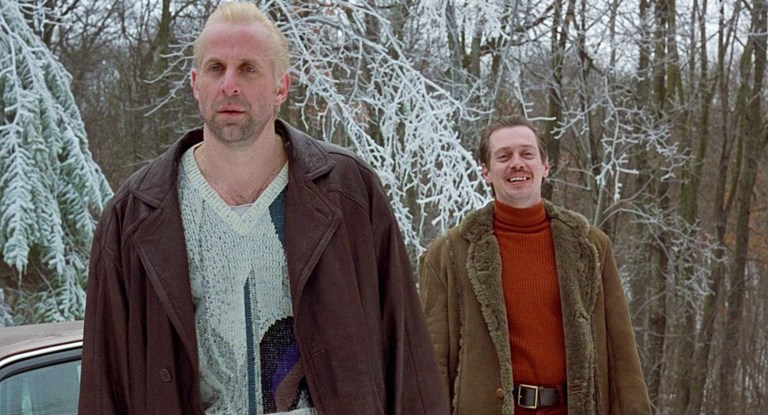
The 1996 Academy Award winning movie Fargo is not a faithful adaptation of real events, even though the film opens with a title card claiming otherwise. When it was released, some Minnesotans searched for a real briefcase full of cash buried on the side of the highway, as is also portrayed in the film, without realizing that they’d been duped by the Coen brothers. Like many other movies (The Texas Chain Saw Massacre [1974] being a famous example) Fargo just said it was based on a real life crime as a storytelling technique to lure the audience in.
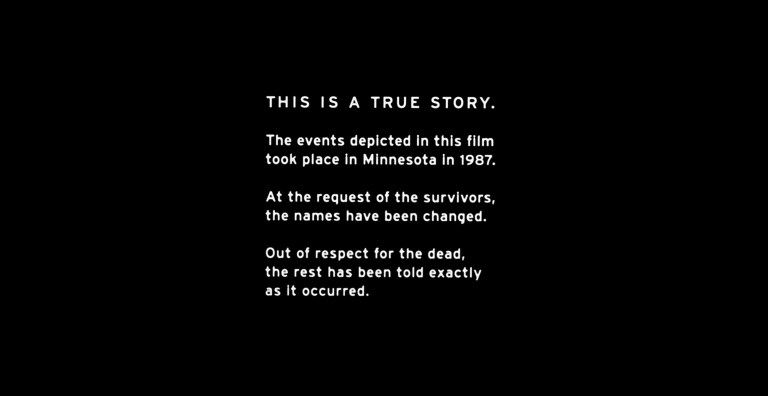
If you’re a little bit pissed off that the writer/directors directly lied to the audience, you’re not alone. Fargo star William H. Macy also wasn’t happy with the outright lie and told the brothers “You can’t do that!” The Coens responded, “Why not?” Joel Coen has explained his reasoning that “if an audience believes that something’s based on a real event, it gives you permission to do things they might otherwise not accept.”
Digging deeper, the Coens have said that they took inspiration from a real crime, but then created completely fake characters and storylines about how that crime came about. According to the film’s special edition DVD, that real crime is the especially gruesome murder of a woman named Helle Crafts.
What Happens in Fargo
In Fargo, William H. Macy plays a man named Jerry Lundegaard, a car salesman who works for his father-in-law. In need of cash, Jerry arranges for his wife, Jean, to be kidnapped in order to collect $80,000 in ransom from her father. After being stopped by a State Trooper for a minor infraction, the kidnappers kill the Trooper and two witnesses, and they flee with Jean in the trunk. Jerry tells his father the ransom is actually $1 million and the kidnappers take the money in a shootout where Jerry’s father-in-law is killed. One of the kidnappers buries the bulk of the money along the highway in order to convince his partner the ransom is still only $80,000. Jean is killed by one of the kidnappers for being too loud.
Fargo culminates in one of its most memorable moment: the woodchipper scene. A police officer catches up with the kidnappers at a remote cabin. Outside, making a bloody mess, is one of the kidnappers disposing of Jean’s body via woodchipper. That woodchipper scene is, unfortunately, the part that is based on Helle Crafts’ murder.
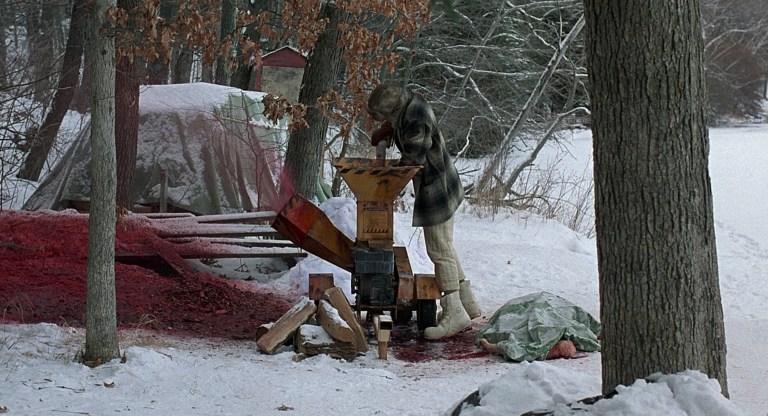
The True Story that Inspired Fargo
In 1979 a Danish flight attendant named Helle Lorck Nielsen got married to a pilot she met on the job, Richard Crafts. The young couple bought a house in Newtown, Connecticut to start their lives together, and they eventually had three children. Both Helle and Richard continued working while raising their kids.
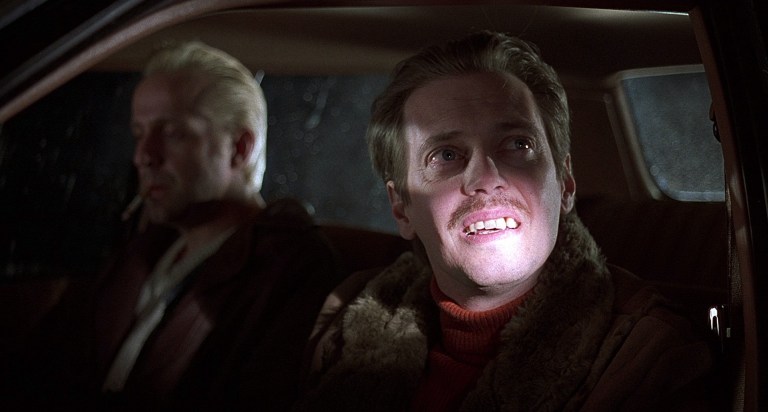
In 1985 Helle discovered Richard had wooed several other women during their marriage. She had also grown tired of living with his anger. The following year Helle hired a divorce lawyer and a private investigator. By September 1986, the P.I. was able to take photos of Richard Crafts kissing another flight attendant.
On November 18, 1986 Helle Crafts got a ride home from work from friends. She was tired after working a long flight from Europe. It was the last time anyone saw Helle Crafts. Helle previously told one friend, “If something happens to me, don’t think it was an accident.” She told her P.I. she thought Richard was going to murder her.
When asked about Helle’s absence, Richard made excuses. He said Helle was visiting her family in her home country, Denmark, or that she was vacationing with friends. Finally, on December 1, 1986 Helle Crafts was reported missing.

Like so many other murderers, Richard Crafts was a part-time cop. His buddies on the force did not consider him a person of interest in his wife’s murder. The private investigator Helle hired, Keith Mayo, petitioned Newtown police to investigate Richard for Helle’s murder but they declined. Finally Connecticut State Police took on the case and executed a search on the Crafts home on December 26. During the search, investigators found that sections of the carpet in the Crafts’ primary bedroom had been removed.
Further investigation found that the Crafts’ maid remembered cleaning a blood stain in the Crafts’ bedroom around the time Helle disappeared. She also told police that the sections of carpet that had been removed had been stained around that time. While looking into Richard’s banking activity, police found he purchased a chainsaw and a freezer, and he rented a woodchipper.

Then, a local snowplow driver came forward and said that on November 19 he saw a woodchipper parked at a nearby lake. When police searched the area where the woodchipper had been parked, they found a large amount of evidence that Helle Craft’s body had been forced through the woodchipper. This included blood, tooth and fingernail fragments, and hair. These fragments were all that was left of Helle’s body. Richard Crafts’ chainsaw was found in the lake with hair and blood embedded in the chain that matched Helle’s. It’s believed that Richard murdered his wife in their bedroom and then froze her body, used the chainsaw to dismember her, and used woodchipper to dispose of her remains into the lake under the cover of heavy snowfall. The freezer he purchased was never found.
A medical examiner demonstrated that the frozen-body-through-the-woodchipper theory was plausible (and probable) by freezing the body of a pig, putting it through a woodchipper, and comparing the fragments to the evidence found at the lakeside crime scene.

The large amount of forensic evidence in this case was processed by Henry Lee, one of the most famous forensic scientists in the world and a former investigator for the Connecticut State Police. Lee was the host of Trace Evidence: The Case Files of Dr. Henry Lee on TruTv. Because of Lee’s work, the State of Connecticut was able to hold Richard Crafts accountable for his actions. Richard Crafts was the first person ever convicted of murder in Connecticut in a case where there was no body.
Helle Crafts’ murder was the subject of the very first episode of the prolific true crime series Forensic Files which interviews forensic and law enforcement professionals involved in processing crime scenes and solving murder cases. The show was originally titled Medical Detectives. As of January 2020, Richard Crafts was released from prison after serving 31 years of his 50 year sentence.
So, that was Mrs. Lundegaard on the floor in there. And I guess that was your accomplice in the wood chipper. And those three people in Brainerd. And for what? For a little bit of money? There’s more to life than a little money, you know. Don’tcha know that? And here ya are, and it’s a beautiful day. Well. I just don’t understand it.
Marge Gunderson to the kidnapper/murderers in ‘Fargo’
Frequently Asked Questions
Since Fargo is an absolute classic, we thought we’d take the time to answer a few more questions about the movie as well as the critically acclaimed television series it inspired.
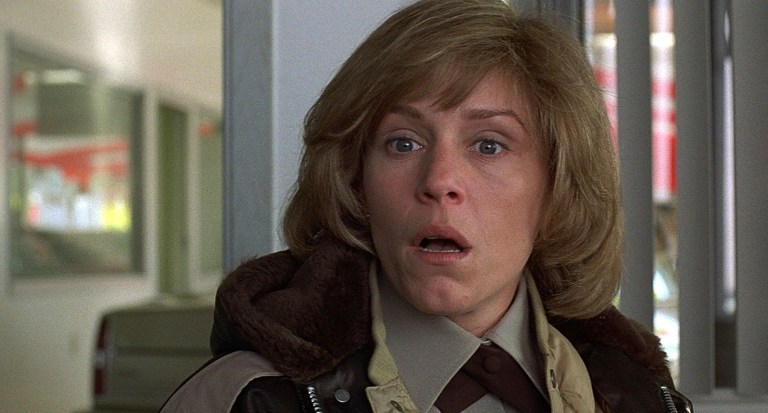
How many Oscars did Fargo win?
What is the famous saying from the movie Fargo?
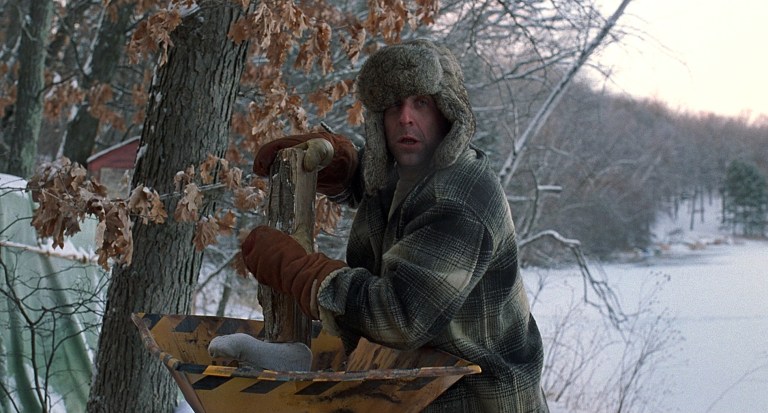
Why did Fargo claim to be a true story?
What does the title of Fargo mean?
First, Fargo is the city where Jerry hires the men to kidnap his wife, so it can be argued that the drama really begins in Fargo. Also, according to Ethan Coen himself, “Fargo” sounds cooler than “Brainerd.”

Who was the victim in the field in Fargo?
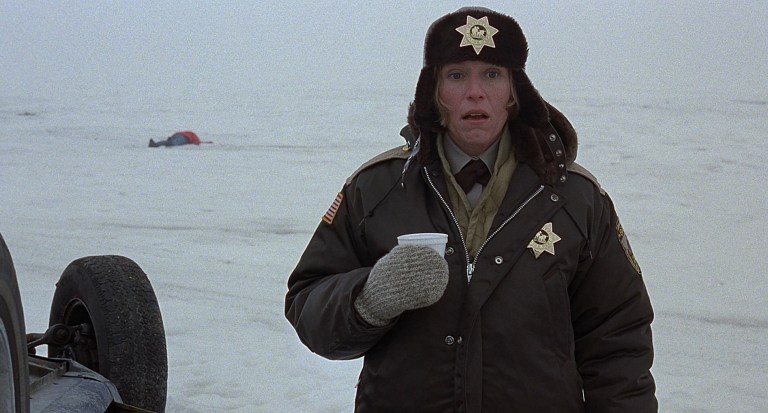
Who found the money in the snow in Fargo?
However, in the first season of the Fargo TV series, a character named Stavros Milos (Oliver Platt) is shown to have discovered the money days after it was buried in 1987. Milos uses the money to become the “Supermarket King of Minnesota.”
